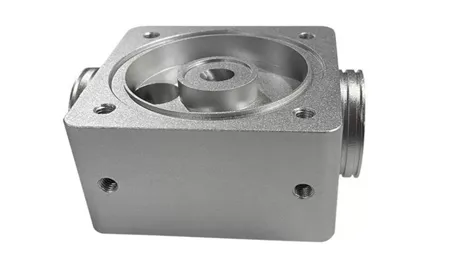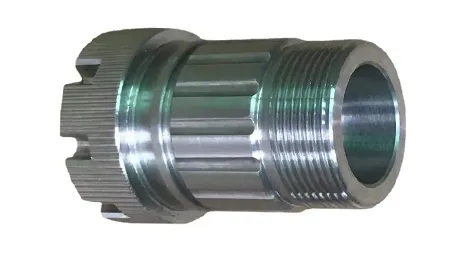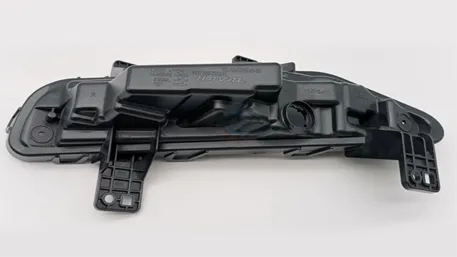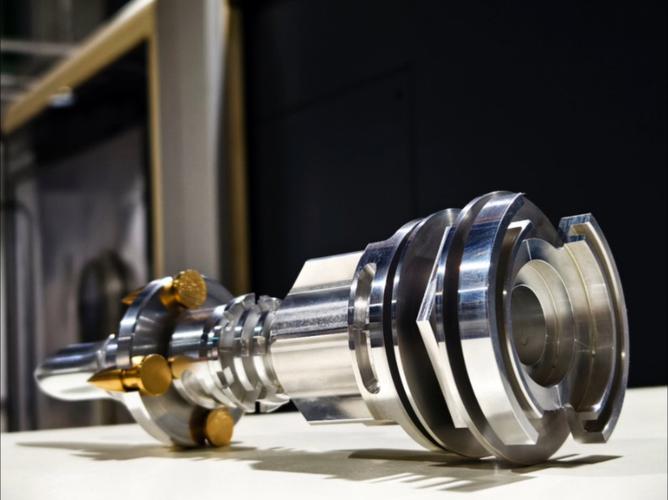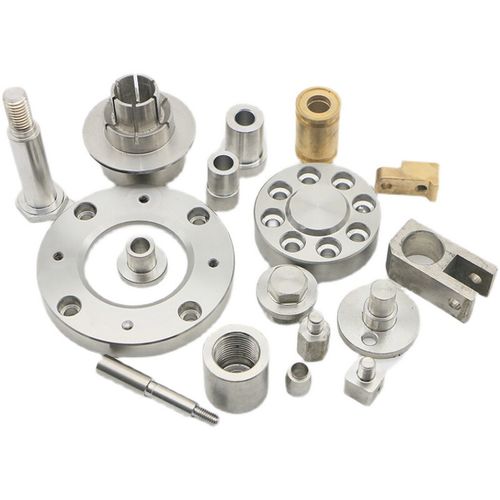Large plastic wheels, as vital industrial components, are widely utilized across logistics, transportation, medical equipment, furniture, and numerous other sectors. Renowned for their lightweight design, durability, corrosion resistance, and low noise output, they provide stable and efficient mobility solutions for various equipment. Below is a detailed introduction to large plastic wheels.
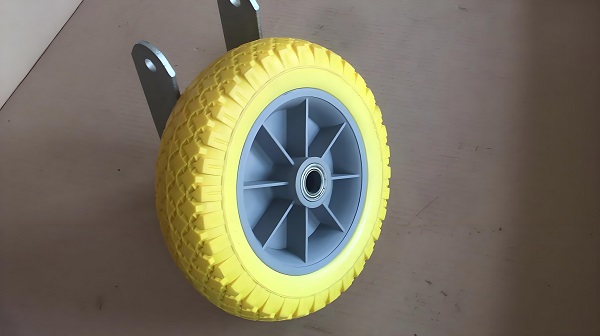
1. Production Process of Large Plastic Wheels
The production process of large plastic wheels typically encompasses the following critical steps:
Raw Material Preparation: Selecting suitable plastic materials such as polypropylene (PP), polyethylene (PE), nylon (PA), or ABS resin. These materials exhibit distinct physical and chemical properties to cater to diverse application requirements.
Mold Design and Manufacturing: Designing and crafting precision injection molds based on the specified dimensions, sizes, and shapes of the large plastic wheels. The quality of the mold directly impacts the accuracy and surface finish of the product.
Injection Molding: Melting the prepared plastic raw material and injecting it into the mold under high pressure using an injection molding machine. This machine precisely controls the injection volume, pressure, and temperature to ensure even distribution and solidification of the plastic within the mold.
Cooling and Demolding: Allowing the mold to cool for a sufficient period to solidify the plastic completely. Once cooled, the mold opens, and the large plastic wheel is extracted.
Post-Processing and Quality Inspection: Performing trimming, polishing, and other post-processing steps to enhance the surface quality and appearance of the plastic wheel. Subsequently, conducting rigorous quality checks to ensure compliance with specifications and standards.
Packaging and Shipment: Packaging the qualified large plastic wheels to prevent damage during transportation and storage. Finally, dispatching the products as per customer requirements.
3. Customization Process of Large Plastic Wheels
The customization process of large plastic wheels generally follows these steps:
Requirement Discussion: Communicating with clients to comprehend their specific needs for large plastic wheels, including specifications, dimensions, materials, and load-bearing capacities.
Design Proposal: Designing a suitable plastic wheel solution tailored to client requirements, encompassing material selection, mold design, and injection molding processes.
Prototype Development: Crafting a prototype based on the design proposal for client confirmation. Clients can perform performance tests and trials on the prototype to assess its suitability.
Mass Production: Upon client approval of the prototype, initiating mass production. Throughout this phase, adhering strictly to the design proposal and production processes to ensure consistent product quality.
Delivery and After-Sales Service: Dispatching the produced large plastic wheels to clients and offering comprehensive after-sales services, including usage guidance, maintenance, and support.
4. Processing Materials for Large Plastic Wheels
| Material Name | Characteristic 1 | Characteristic 2 | Characteristic 3 | Characteristic 4 |
|---|---|---|---|---|
| Polypropylene (PP) | Acid and alkali resistant, low density | Good chemical stability | Fair wear resistance | Good cold resistance and impact resistance |
| Polyethylene (PE) | Excellent wear resistance | Good drug and corrosion resistance | Good sliding properties | Easy to process |
| Nylon (PA) | High strength, high rigidity | Superb wear resistance | Good temperature resistance | Good chemical stability |
| ABS Resin | Excellent impact resistance | Good processability | High surface gloss | Good weather resistance |
5. Characteristics of Large Plastic Wheels Made from Different Materials
| Product | Characteristic 1 | Characteristic 2 | Characteristic 3 | Characteristic 4 |
|---|---|---|---|---|
| PP Large Wheel | Lightweight, acid and alkali resistant | Wear-resistant, cold-resistant | Impact-resistant | Medical equipment, furniture |
| PE Large Wheel | Wear-resistant, corrosion-resistant | Good sliding properties | Easy to process | Warehouse racking, trolleys |
| PA Large Wheel | High strength, high rigidity | Wear-resistant, temperature-resistant | Chemically stable | Engineering machinery, heavy-duty equipment |
| ABS Large Wheel | Impact-resistant, good processability | High surface gloss | Good weather resistance | Transportation equipment, automation equipment |
Custom Large Plastic Wheel Service FAQ
Q: How do I choose the right plastic material for customizing large plastic wheels?
A: When selecting plastic materials, consider the intended use, load-bearing capacity, and operating environment of the wheels. For instance, nylon or ABS resin might be suitable for high-load applications, while polyethylene might be preferred for excellent sliding properties.
Q: How long does it take to customize large plastic wheels?
A: The timeline for customizing large plastic wheels varies based on specific requirements and production volumes. Typically, from requirement discussion to prototype development takes several weeks, while mass production timing depends on production schedules and order quantities.
Q: How are the prices of custom large plastic wheels determined?
A: The prices of custom large plastic wheels are influenced by various factors, including material costs, mold expenses, production process complexity, and production volumes. We provide detailed quotation packages tailored to client needs.

